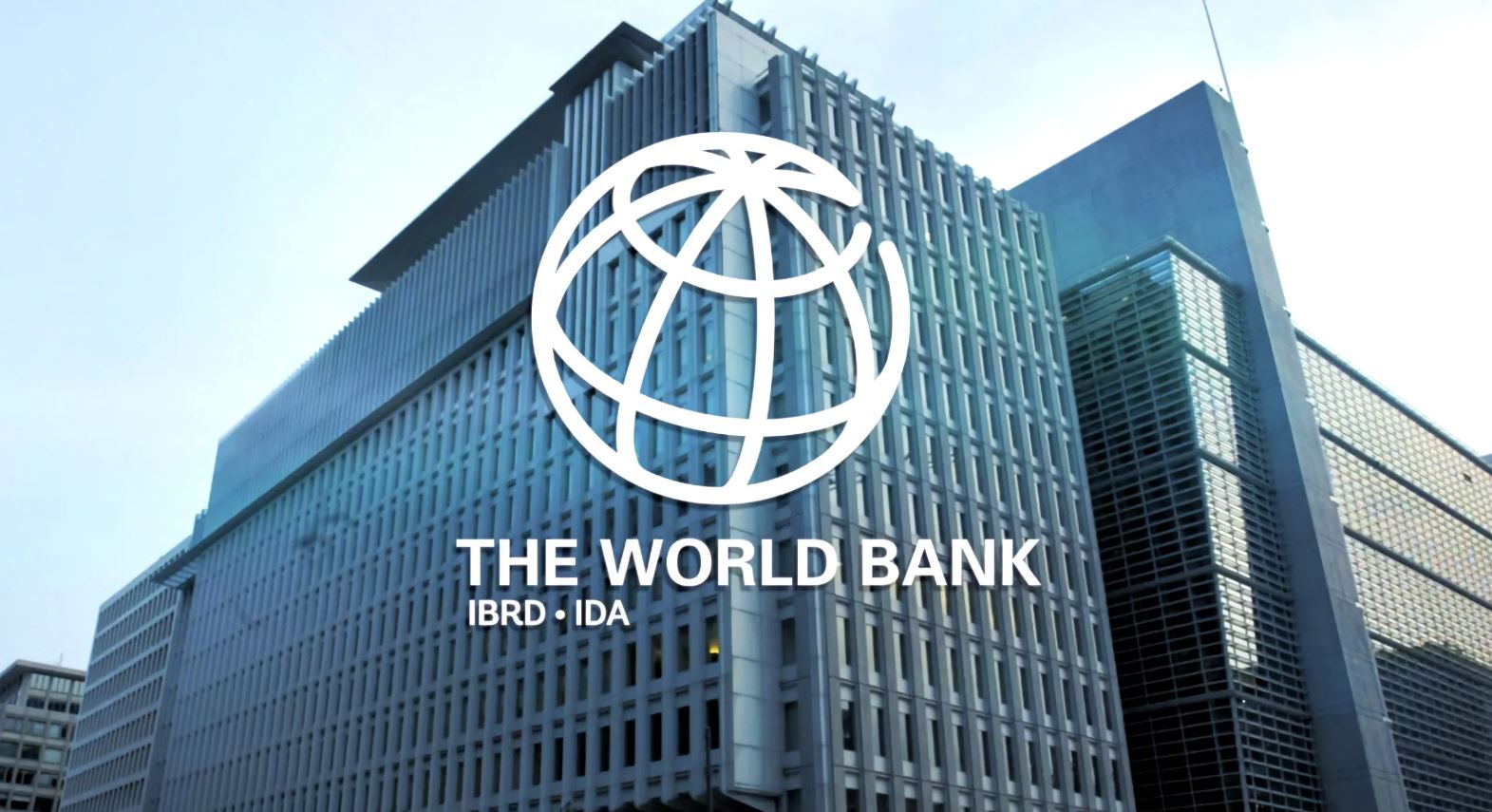- 08.01.2019
- Rights & Accountability
- Array
The abrupt and unexpected resignation of Dr Jim Yong Kim as President of the World Bank raises important questions about the future of the world’s oldest multilateral development institution.
When Kim joined the Bank in 2012, there were high hopes his tenure would mark a new and positive era at the bank, given his health and civil society background. Those hopes were soon dashed, however, as Kim oversaw the weakening of the fundamental standards under which the Bank operates, to protect people and the environment from harm. The Environmental and Social Safeguards review saw the Bank increasingly delegate responsibility for the outcomes of its projects to its borrowers, watering down vital protections for forests, indigenous peoples, and land rights.

Kim leaves the Bank stronger financially, but weakened in its ability to ensure people-centred development that truly benefits the poorest and most marginalised.
The nature of Kim’s departure raises significant questions, including why, having pushed for a second term, he would leave suddenly three years early? Why is there not a cooling-off period before he joins a company in a sector that will benefit from his push for private sector-led infrastructure development? And the question many in the development community are asking with trepidation: does his departure open the way for a Trump-appointee?

At a minimum, the Bank must now issue a satisfactory explanation for Kim’s sudden resignation and his immediate move to the private sector. And a new and more democratic selection procedure must ensure that Kim’s successor is chosen not by the US President but by all stakeholders in a fair and transparent manner, recognising the development mandate at the heart of the World Bank’s mission.

